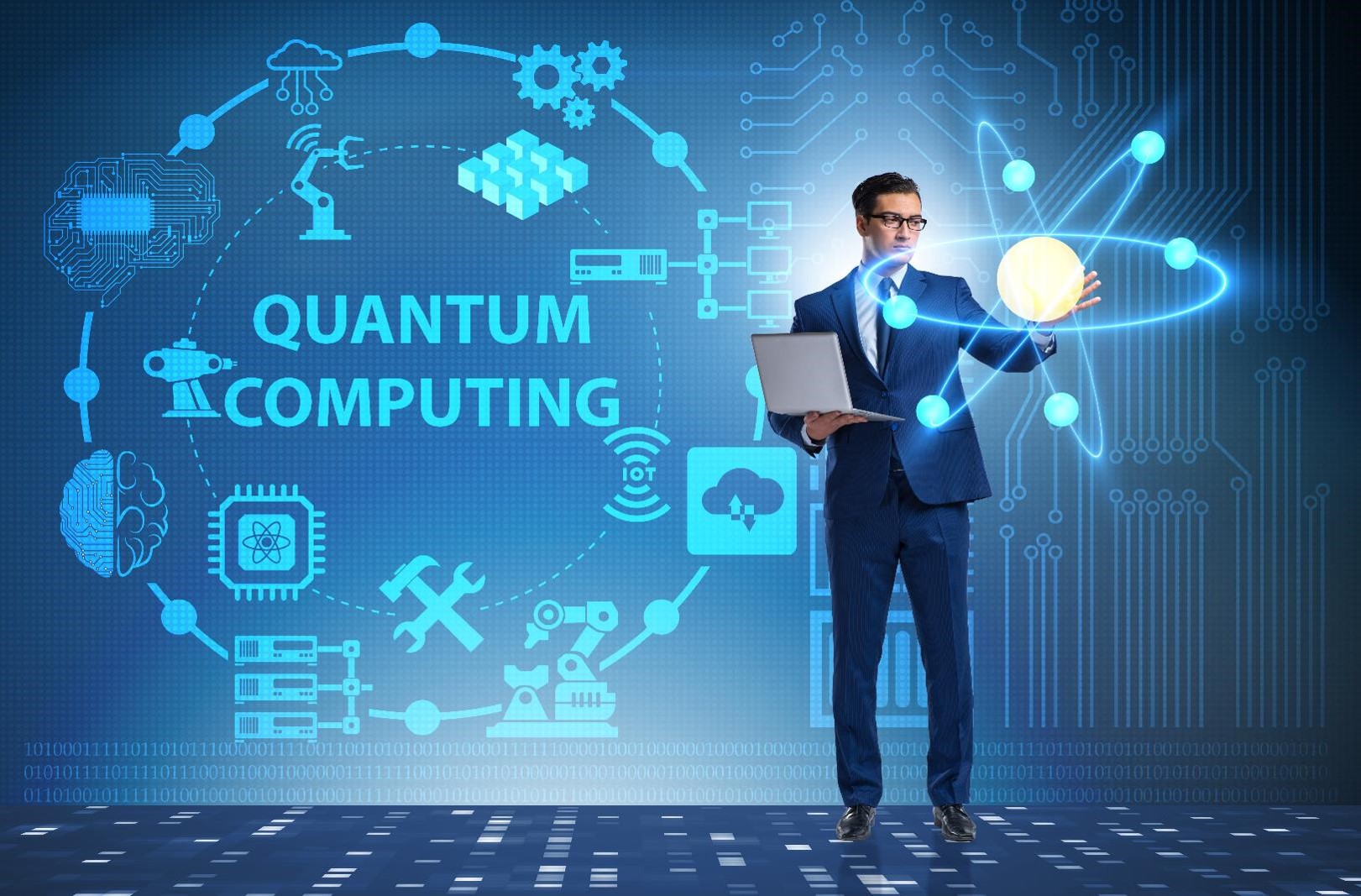1: Introduction to Virtual Reality
1.1 Overview of Virtual Reality
1.1.1 What is VR and how does it differ from AR and MR?
1.1.2 Key concepts and terminology in VR
1.2 VR Hardware and Platforms
1.2.1 Overview of VR headsets and controllers (e.g., Oculus Quest, HTC Vive, Meta Quest)
1.2.2 Introduction to VR development platforms and tools
1.3 Setting Up Your VR Development Environment
1.3.1 Installing and configuring development tools (Unity, Unreal Engine)
1.3.2 Preparing your hardware and software for VR development
2: Fundamentals of VR Design
2.1 Principles of VR Design
2.1.1 Core principles of designing for VR(Ref: Unreal Engine for Virtual Reality(VR) Development)
2.1.2 Creating immersive and intuitive experiences
2.2 User Interaction in VR
2.2.1 Designing interactions and controls for VR environments
2.2.2 Implementing gesture-based and controller-based interactions
2.3 Spatial Awareness and User Comfort
2.3.1 Designing for spatial awareness and minimizing motion sickness
2.3.2 Techniques for enhancing user comfort and reducing VR fatigue
3: Developing VR Environments
3.1 Creating 3D Models for VR
3.1.1 Best practices for modeling and texturing VR assets
3.1.2 Importing and optimizing 3D models for VR
3.2 Building Virtual Worlds
3.2.1 Designing and constructing virtual environments
3.2.2 Managing scale, lighting, and atmosphere in VR
3.3 Implementing Navigation and Movement
3.3.1 Designing movement systems for VR (teleportation, smooth locomotion)
3.3.2 Handling user movement and interaction within virtual spaces
4: Interactivity and User Experience
4.1 Adding Interactivity to VR Experiences
4.1.1 Creating interactive objects and UI elements in VR
4.1.2 Implementing object manipulation and feedback
4.2 Designing Engaging User Interfaces
4.2.1 Developing VR-specific user interfaces and menus
4.2.2 Best practices for designing UI in a 3D space
4.3 Enhancing User Interaction with Audio
4.3.1 Incorporating spatial audio and sound effects in VR
4.3.2 Designing audio cues and background music for immersive experiences
5: Advanced VR Development Techniques
5.1 Optimizing VR Performance
5.1.1 Techniques for optimizing VR applications for performance and responsiveness
5.1.2 Managing frame rates and resource usage in VR
5.2 Implementing VR Physics and Animation
5.2.1 Adding realistic physics and animations to VR objects
5.2.2 Using physics engines and animation systems in Unity and Unreal Engine
5.3 Developing Multi-User VR Experiences
5.3.1 Creating shared VR environments for multiplayer experiences
5.3.2 Managing network synchronization and interactions in VR
6: Testing and Debugging VR Applications
6.1 Testing VR Applications
6.1.1 Techniques for testing VR applications on different devices
6.1.2 Identifying and resolving common VR issues
6.2 Debugging VR Projects
6.2.1 Tools and methods for debugging VR applications
6.2.2 Addressing performance bottlenecks and usability problems
6.3 User Feedback and Iterative Design
6.3.1 Conducting user testing and gathering feedback
6.3.2 Iterating on designs based on user input and testing results
7: Deploying and Publishing VR Applications
7.1 Preparing VR Applications for Deployment
7.1.1 Building and packaging VR applications for different platforms
7.1.2 Handling platform-specific requirements and guidelines
7.2 Publishing VR Applications
7.2.1 Submitting VR applications to app stores and distribution platforms
7.2.2 Marketing and promoting VR applications to reach your target audience
7.3 Maintaining and Updating VR Applications
7.3.1 Strategies for maintaining and updating VR applications post-launch
7.3.2 Managing user feedback and implementing updates
8: Case Studies and Future Trends in VR
8.1 Analyzing Successful VR Projects
8.1.1 Case studies of successful VR applications and experiences
8.1.2 Lessons learned from industry-leading VR projects
8.2 Exploring Future Trends
8.2.1 Emerging technologies and trends in VR
8.2.2 The impact of advancements in hardware and software on VR development
8.3 Final Project and Course Review
8.3.1 Developing and presenting a complete VR project
8.3.2 Review of course content and key takeaways







Reviews
There are no reviews yet.